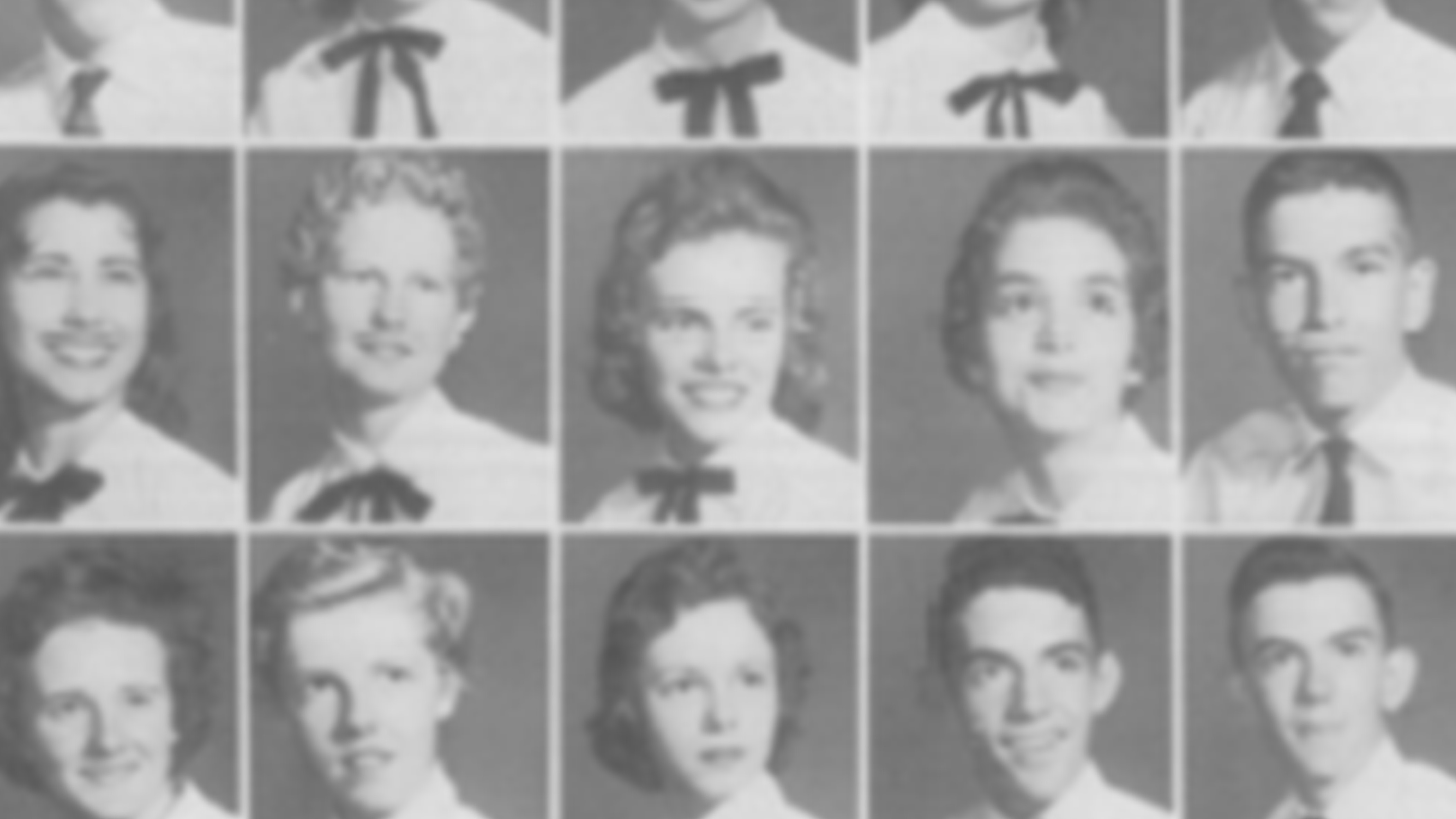Navigation auf uzh.ch
Navigation auf uzh.ch
In today's world, personal style is a powerful form of self-expression and social communication, conveying individuality and group affiliation. Despite its importance, little empirical research has been done on how styles evolve over time and across different regions in the U.S. — until now.

Humans use a variety of stylistic elements, such as clothes and hairstyles, to express themselves, impress others, and demonstrate individualism or group belonging. A recent study by Hans-Joachim Voth, Professor of Economics, and David Yanagizawa-Drott, Professor of Development and Emerging Markets, presents new methods to analyze cultural change using images as a high-frequency, granular source.
Data from over 14 million high school yearbook photos
Despite the central importance of style in social interaction and self-expression, empirical work on style choices is rare. The authors measured similarity throughout different periods and locations, tracking influential style innovations. Using data from over 14 million high school yearbook photos, they analyzed style persistence and change, documenting a convergence in male and female styles driven by rising male individualism since the late 1960s.
Millions of senior portraits analyzed reveal a significant convergence in style choices between men and women. In the 1950s, women expressed a wide variety of styles while men tended to conform to a uniform look. By the 1990s, however, both genders showed similar levels of individualism and persistence in their style choices. The economists document a decline in conformity among men in senior portraits, attributing it to the cultural shifts of the 1960s and early 1970s. This era not only reduced conformity within local high schools but also decreased the persistence of style across generations, which had previously been high. These findings highlight the late 1960s and early 1970s as a significant turning point in how young Americans presented themselves in their senior portraits, marking a notable cultural shift. Overall, this research underscores the value of using images in understanding cultural trends within economics.